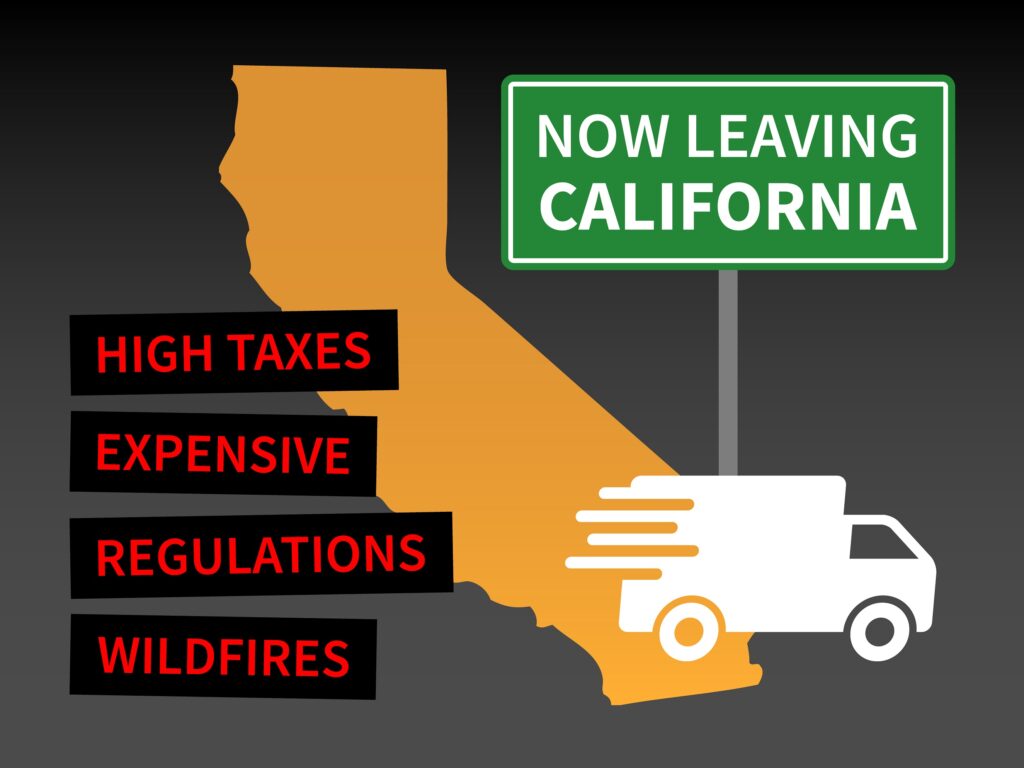The Fed must be held accountable and the CHOICE Act will make it so
This week, the House Financial Services Committee passed Chairman Jeb Hensarling’s Financial CHOICE Act. Most of the public discussion of this bill is about its changes in banking regulations, but from a constitutional point of view, even more important are the sections that deal with the accountability of regulatory agencies and the governance of the administrative state.
Accountability is a central concept in every part of the government. To whom are regulatory agencies accountable? Who is or should be their boss? To whom is the Federal Reserve, a special kind of agency, accountable? Who is or should be its boss? To whom should the Consumer Financial Protection Bureau (CFPB) be accountable? Who should be its boss?
The correct answer to these questions, and the answer given by the CHOICE Act, is the Congress. Upon reflection, we should all agree on that. All these agencies of government, populated by unelected employees with their own ideologies, agendas, and will to power — as vividly demonstrated by the CFPB — must be accountable to the elected representatives of the people, who created them, can dissolve them, and have to govern them in the meantime. All have to be part of the separation of powers and the system of checks and balances that is at the heart of our constitutional order.
But accountability does not happen automatically: Congress has to assert itself to carry out its own duty for governance of the many agencies it has created and its obligation to ensure that checks and balances actually operate.
The theme of the Dodd-Frank Act was the opposite: to expand and set loose regulatory bureaucracy in every way its drafters could think of. It should be called the Faith in Bureaucracy Act.
In the CHOICE Act, Congress is asserting itself at last to clarify that regulatory agencies are derivative bodies accountable to the Congress, that they cannot be sovereign fiefdoms — not even the Dictatorship of the CFPB, and not even the money-printing activities of the Federal Reserve.
The most classic and still most important power of the legislature is the power of the purse. The CHOICE Act accordingly puts all the regulatory agencies, including the regulatory part of the Federal Reserve, under the democratic discipline of Congressional appropriations.
This notably would end the anti-constitutional direct grab from public funds which was originally granted to the CFPB — which was designed precisely to evade the democratic power of the purse. It is sometimes objected that appropriations “inject politics” into these decisions. Well, of course! Democracy is political. Expansions of regulatory power are political, all pretense of technocracy notwithstanding.
The CHOICE Act also requires of all financial regulatory agencies the core discipline of cost-benefit analysis. It provides that actions whose costs exceed their benefits should not be undertaken without special justification. That’s pretty logical and hard to argue with. Naturally, assessing the future costs and benefits of any action is subject to uncertainties — perhaps very large uncertainties. But this is no reason to avoid the analysis — indeed, forthrightly confronting the uncertainties is essential.
The CHOICE Act also requires an analysis after five years of how regulations actually turned out in terms of costs and benefits. This would reasonably lead — we should all hope it will — to scrapping the ones that didn’t work.
Further Congressional governance of regulatory agencies is provided by the requirement that Congress approve major regulatory rules — those having an economic effect of $100 million or more. Congress would further have the authority to disapprove minor rules if it chooses by joint resolution. This is a very effective way of reminding everybody involved, including the Congress itself, who actually is the boss and who has the final responsibility.
On the Federal Reserve in particular, the CHOICE Act devotes a title to “Fed Oversight Reform and Modernization,” which includes improving its accountability.
“Obviously, the Congress which set us up has the authority and should review our actions at any time they want to, and in any way they want to,” once succinctly testified a president of the New York Fed. Under the CHOICE Act, such reviews would happen at least quarterly.
In these reviews, I recommend that the Federal Reserve should in addition be required to produce a Savers Impact Statement, quantifying and discussing the effects of its monetary policies on savings and savers.
The CHOICE Act requires of new regulatory rules that they provide “an assessment of how the burden imposed … will be distributed among market participants.” This good idea should by analogy be applied to burdens imposed on savers by monetary actions.
By my estimate, the Federal Reserve has taken since 2008 over $2 trillion from savers and given it to borrowers. The Federal Reserve may want to defend its sacrifice of the savers as a necessary evil — but it ought to openly and clearly quantify the effects and discuss the economic and social implications with the Congress.
In sum, the CHOICE Act represents major improvements in the accountability of government agencies to the Congress and ultimately to the people. These are very significant steps forward in the governance of the administrative state to bring it under better constitutional control.
Image by jiawangkun







